Qupé Winery’s Bob Lindquist on Why Biodynamic Farming Yields Better Wine
Last Update: June 1, 2023
It’s a cold October morning, well before sunrise, and a handful of Thrive Market employees are huddled in the Bien Nacido Vineyard in Santa Maria, a haven for winemaking in California’s Central Coast region. It’s chilly, even for California, but there’s an electric feeling in the vineyard, fueled by the occasional mysterious vortex of warm air. Surrounded by endless rows of grape vines lit by the full moon overheard, we’ve been invited here by Bob Lindquist, winemaker and founding partner of Qupé Wine Sellers, to experience something magical: a Biodynamic wine harvest.
Scheduled according to the lunar calendar, the harvest will last only a few hours, with teams of pickers moving swiftly in a race against the approaching daylight. The air carries a blend of ranchera music, the shuffle of boots, and the rhythmic squeak of tractors loaded to the brim with glossy black grapes. As quickly and quietly as it began, the harvest is over—the sun has breached the horizon, turning the sky shades of gold and turquoise as it begins its arc over the vineyard, warming the grapes and spiking the sugar levels inside.
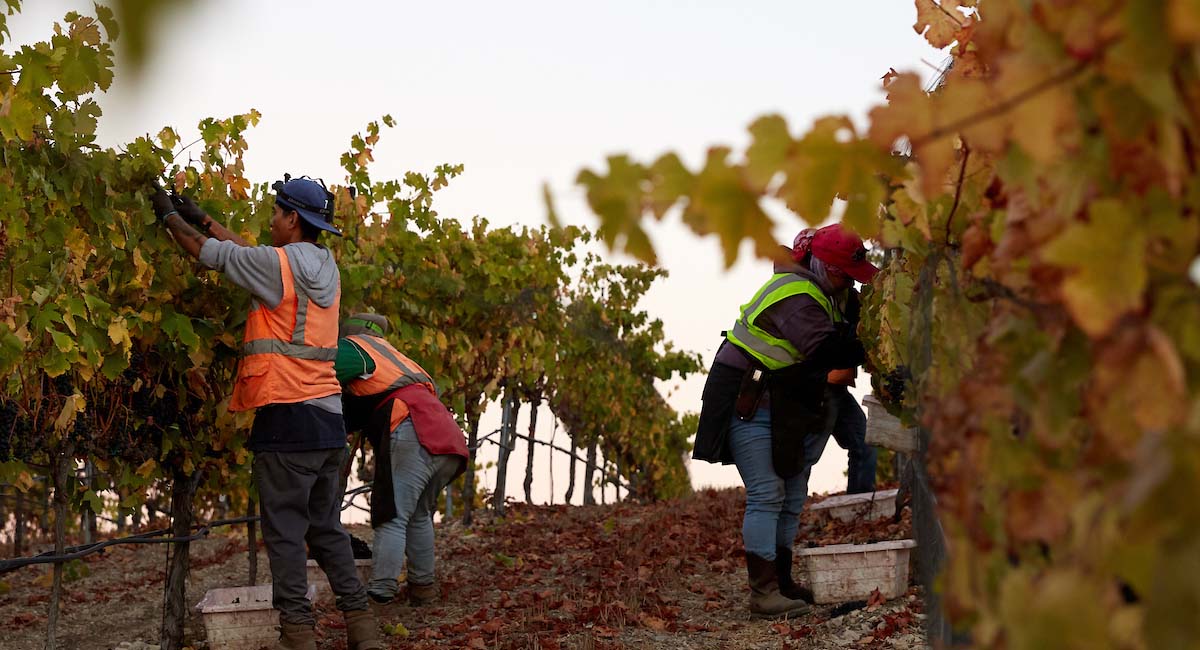
This is a typical day in the life for Lindquist, who’s been making wine under the Qupé name for more than 35 years. We were lucky enough to spend time with him, observing the Biodynamic grape harvest as well as the various steps involved in making his Rhône-style wines, which include Grenache, Syrah, Mourvedre, Roussane, and Marsanne, among others. Here, he shares his experience developing Biodynamic wines, the unique advantages of making wine in the Central Coast, and the reason why every wine drinker should know their winemaker.
You’ve been working in the wine industry for quite a long time. What led you to Biodynamic winemaking specifically?
I started Qupé in 1982, so we’ve been making wine for a long time. Our path into Biodynamics really didn’t start until the early 2000s at an event in Paso Robles called Hospice Du Rhone, which is an international gathering of Rhone varietal producers. There I met Philippe Armenier from Châteauneuf-du-Pape, who had just moved to California to start a Biodynamic consulting business. We met, liked each other, talked about it.
At the same conference, Steve Beckmen—a good friend of mine who owns Beckmen Winery in Los Olivos—met Philippe, and he hired him to start doing some Biodynamic experiments at Beckmen Vineyard. During that time, I got to see what Steve’s results were. Because he had a pretty large vineyard, he was able to farm one section Biodynamically, one section organically, and one section sustainably, and see what the differences were in real time. In every case, the Biodynamic grapes tasted better. The vines looked healthier. Over two or three years, the soil started to improve in its texture, quality, and appearance. It really was eye-opening for Steve first, and then for me.
In May 2005, I took a sales trip to London. On my first day there, my agent said, “You know, before we go out and call on some accounts, there’s a conference on Biodynamics led by Andre Ostertag and Dominique Lafon.” They’re two French winemakers who are great wine producers and friends of mine. And he said, “Would you be interested in going to this seminar?” It’s like it was meant to be. I went to the seminar, heard what they had to say, and later, we all had dinner together. I told them about planting a new vineyard in the Edna Valley, and that we were thinking about Biodynamics. They said, “If you’re thinking about Biodynamics, just do it. And do it from the beginning. You won’t regret it.” And they were right.
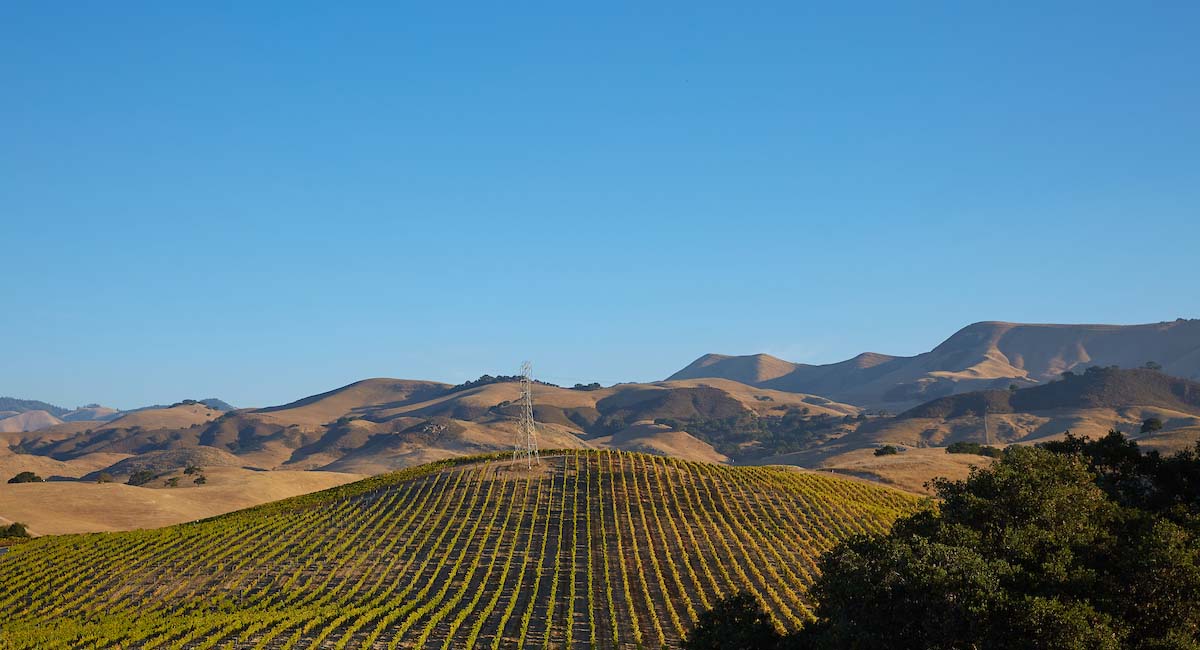
How would you explain Biodynamics to someone who knows nothing about it?
Biodynamic farming is a form of organic farming. When I’m explaining it to consumers, I say it’s kind of like organic farming to the nth degree—or a better version of organic farming. To take it a step further, it means you’re utilizing preparations that you wouldn’t necessarily use in organic farming in order to help with the health of the vine, and the health of the soil.
It also involves following the lunar calendar to plant on certain days, to do certain preparations on certain days, to harvest grapes on certain days that are more beneficial than others. The concept behind Biodynamics is as old as mankind. The Native Americans and other ancient peoples figured out a long time ago that when you’re farming, if you do things when the moon is so or the stars are so, you get better results. It wasn’t always 100 percent, but they noticed that there was an influence of the cosmos on what they were doing.
It wasn’t until the 1920s when Rudolf Steiner—considered the father of modern Biodynamics—came into the picture, and put all those ancient farming concepts into an applied “science.” I use quotes for science, because a lot of people wouldn’t say that it’s scientific. There are scientific aspects to it, but there’s also other, more spiritual aspects that, to some people may not make sense, but to other people, they make perfect sense.
Prior to seeing the benefits of Biodynamic farming, were you a bit skeptical, or were you just curious?
Originally, I was a bit skeptical of Biodynamic, just because so much of it seemed odd. But when you actually start looking into it, you can choose or not choose the more unusual aspects of Biodynamic farming. The important thing is, first of all, you’re farming correctly, using natural preparations and natural products. Second, you’re also increasing the health of the vineyard, and the health of the soil, the health of the insects and animals that live there, the health of the other plants that live on the property. It’s not a monoculture.
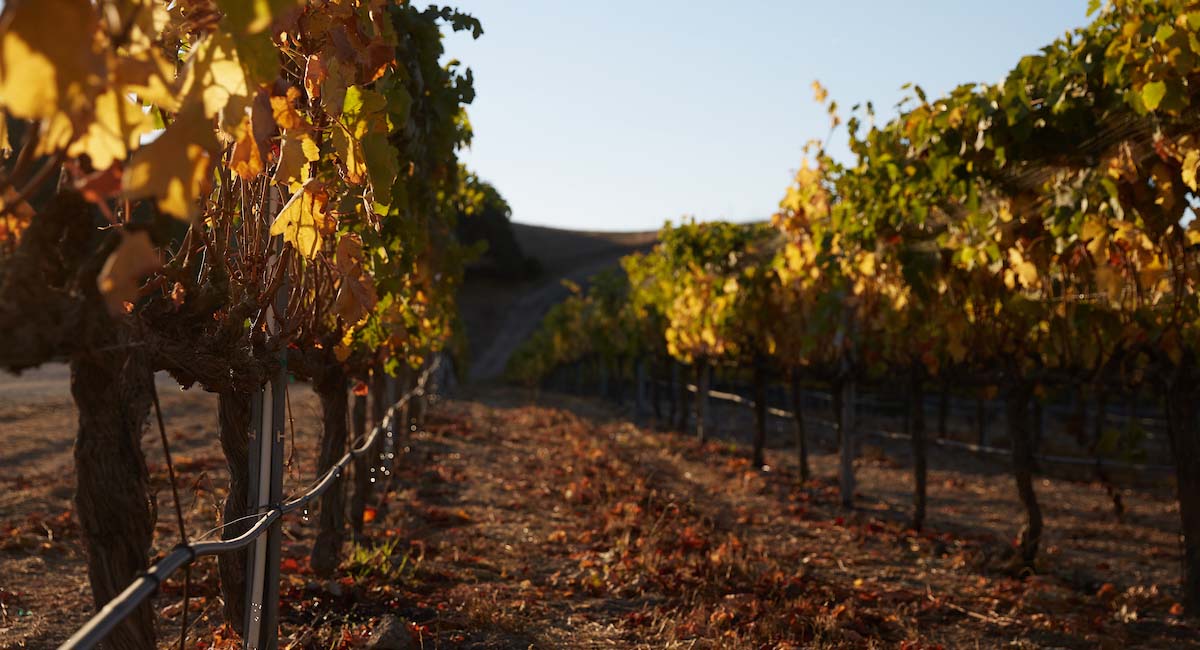
About the concept of the entire farm as an ecosystem or organism—how does that differ from conventional practice?
Well, the idea of a farm as an organism is correct. That’s one of the tenets of Biodynamic farming—to create this kind of organism that is healthy, and everything that lives there is happy, and all is good. One of the cool things about Biodynamic farming is that, while it costs more upfront than other practices, once the vineyard gets into a rhythm and the vines are responding to the way they’re being farmed, there’s less input that we have to do. It just gets into this kind of natural growing cycle.
What are some of the main benefits of Biodynamic farming?
To me, one of the appeals of Biodynamic farming is that the grapes—or any other foods you’re growing—will end up tasting better. With grapes especially, you get more of a sense of place, the terroir of where you’re actually growing the grapes. When the grapes are made into wine, those flavors and characteristics become magnified through the winemaking process. By the time you have a finished bottle of wine, especially after it has a little bit of age, then you can really see how Biodynamics worked for that particular bottle.
With Biodynamic farming, you also create a healthier plant, a healthier vine, or any other kind of plant as well. You’re not allowed to use synthetic herbicides, pesticides, fungicides. Those are strictly verboten, as they would be in organic farming, as well. The main inputs that we put on the soil, grapes, and leaves are special, natural preparations that are exclusive really to Biodynamic farming. If you’re going to do Biodynamic farming, and especially if you’re going to certify the vineyard, you have to follow a certain protocol. There are only certain things that you’re allowed to spray on the soil or on the vines.
Can you tell us a bit more about those preparations?
Well, there are many different ones. The two main preparations are called 500 and 501. The 500 is made from cow manure that’s been buried in a horn in the vineyard and allowed to sort of gestate underground for six months. Then it’s pulled up from the ground. You take that cow manure and start spreading it into other preparations, like a water preparation to spray on the vines. The 501 is silica that’s crushed and buried in the cow horn for six months, where it’s allowed to kind of do its thing, work its magic. Some people have a problem with the concept, but I just know it works. I don’t really know how it works—it just does.
Then there are other preparations that are made from valerian, horsetail, nettles, or dandelions. There’s a whole range of them that we use at different times, and in different ways.
Are 500 and 501 non-negotiable if you’re going to be Biodynamic?
Correct. Totally non-negotiable. If you don’t use those preparations, you’re not Biodynamic. There are other preparations that you would include, as well, and composts and so forth. That’s all part of being Biodynamic—especially if you’re going to be certified.
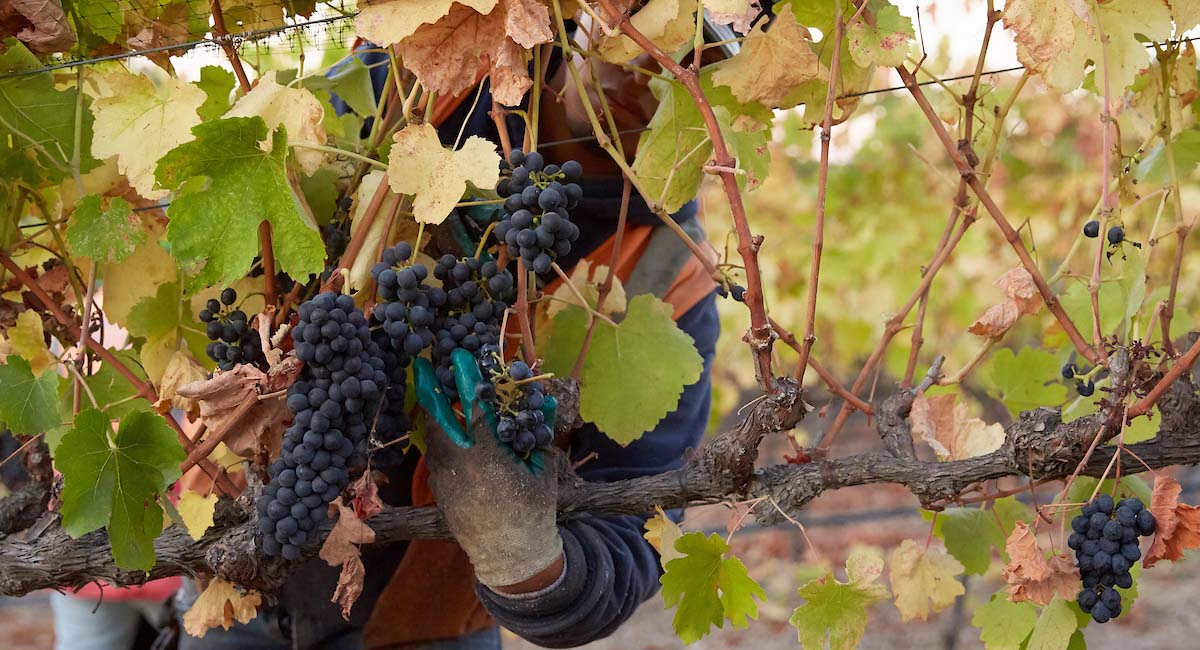
You mentioned the lunar cycles and harvesting by moon. Is there something to that as well?
Well, the moon especially has kind of a push-pull effect on the tides and on plants. You can see that sometimes with certain young plants; when the moon is a certain way, the plants will perk up, and other times, they will not. There is a cycle that we try to follow, where it’s going to be most advantageous to pick, or most advantageous to spray the 500, or most advantageous to spray the 501.
It’s a little bit complicated. We continue to use a consultant to help guide our way. Again, we just know that it works. If you can’t pick on a certain day because the winery is full, there’s not a truck available, there’s a heat wave or rain coming, you still try to do the best you can. You can’t always get it just right. If you get most things right, your results are going to be worth it.
How does the experience of Biodynamics and the flavor of the grapes compare to what you’ve experienced before?
What I tend to notice with Biodynamic fruit and Biodynamic vineyards is that the vineyard just naturally looks better. The grapes are just naturally healthy. For example, we had a five-year drought that ended a little over a year ago. During the drought, the Sawyer Lindquist vineyard—which was farmed Biodynamically—managed to stay healthier. It didn’t suffer as much as I saw in other vineyards during that really dry period. I think the vines were healthier, and they were able to survive it better.
What makes the Central Coast such a unique and special place to grow and produce wine?
It’s the climate. The soil here is appropriate, also, but what really sets this area apart is the climate. It’s the only place on the coast of California where the mountains and valleys run east-west instead of north-south. They’re kind of like open windows to the ocean. During the summer, when it’s hot inland, it helps draw in coolness off the Pacific. The Pacific Ocean acts as our natural air conditioner all summer long.
We have similar degree days to some of the classic growing areas in Europe. The Rhone Valley has a colder spring and a colder fall, and a warmer summer. We have a warmer spring, a warmer fall, and a cooler summer. The net result is somewhat similar, but we arrive there on a different path.

Why do you feel it’s important for consumers to know their winemaker?
In winemaking, it’s all about the ingredients—meaning, you have to have quality grapes. The way we make wine here is using very traditional techniques that have been thought through by the Europeans over centuries. Small open-top fermenters, manual punch down for the reds, barrel fermentation in French oak barrels for the whites.
These are techniques that have been used for centuries. Frankly, they really haven’t been improved upon. They’ve been tweaked and experimented with, there have been different methods to cut costs or make shortcuts—and sure, some of them work just fine. But we do things the old-fashioned way. There are plenty of other winemakers who follow this same kind of protocol to make their wines, and there are a lot of mass-produced wines, just like there are a lot of McDonald’s. It just depends on what you’re looking for, what you want, what you want to spend. It costs more to make wine the way we’re making it, but hopefully, customers will recognize that the cost is worth it.
If it tastes good, and it feels good, and you know that the wine was made in a way that’s clean and doesn’t have any preservatives, I feel better about that. I think customers would feel better about that. That’s the difference.
Would you call your wines natural wines, or clean wines?
That’s actually kind of an interesting question, because there’s really nothing that defines what a natural wine is. To me, wine that’s certified Biodynamic is kind of the gold standard of a natural wine. One of the significant differences is that we’re allowed to add sulfur to Biodynamic wines. That’s because people who make Biodynamic wines recognize the importance of sulfur as a natural preservative, to allow wine to age the way that we’re used to it aging. Sure, you can make wine without sulfur, but the odds are not good for that wine lasting very long. You need to drink it fresh, you need to drink it young.
There are always exceptions, but sulfur is a natural, organic product that naturally helps prevent oxidation. That’s one of the big enemies of wine—oxidation. Wine doesn’t have quite enough alcohol to preserve it naturally, and we don’t want to add other things to it besides sulfur that would help preserve it. One of the cool things about Biodynamic certification is that you’re only allowed to add a certain amount of sulfur, and it’s such a low level that the consumer wouldn’t know it’s there—other than the fact that the wine would spoil if the sulfur wasn’t there.
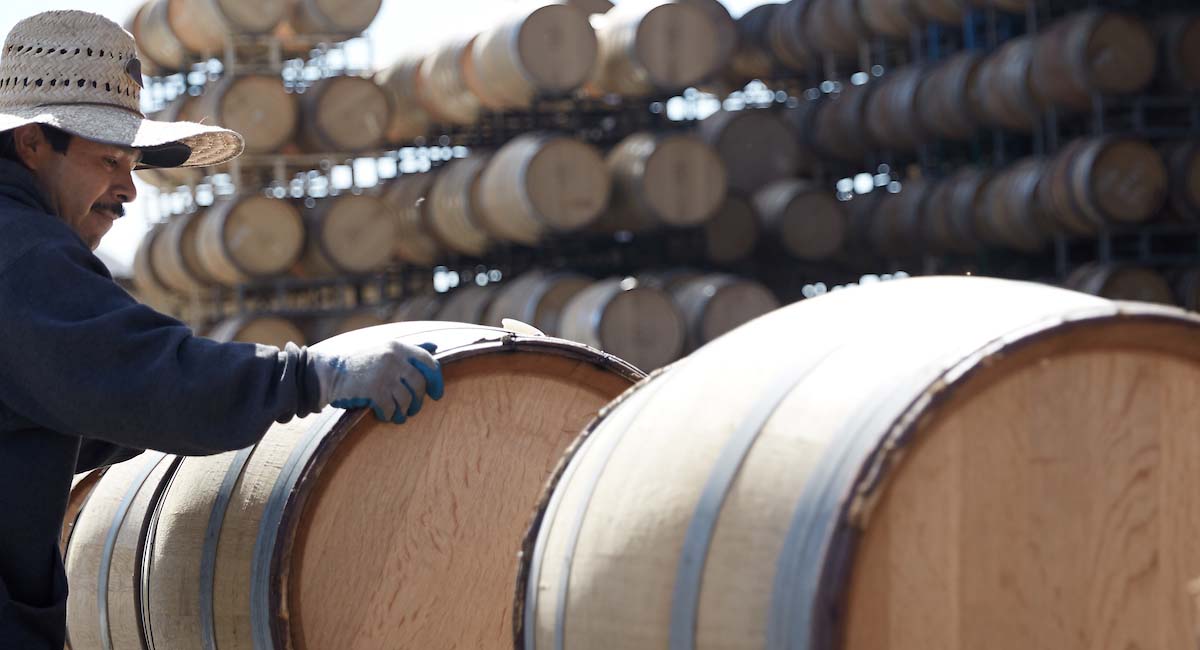
You have ownership of this process from start to finish, from farming the grapes to bottling the wines. What significance does that have for you?
If you know how it was raised, and how it was grown, all the way to the time it goes into the bottle, you can control the process. If it tastes good, and it feels good, and you know that the wine was made in a way that’s clean and doesn’t have any preservatives, I feel better about that. I think customers would feel better about that. That’s the difference.
Again, to me, Biodynamic is kind of the gold standard of organic grape-growing and winemaking. It’s such an interesting natural process that never gets boring. It continues to inspire and give great flavor and character to the grapes, and then to the wine. If it says on the label that a wine is made from Biodynamic grapes, or if it’s Demeter-certified Biodynamic wine, that means something. It doesn’t mean that all wine that doesn’t say that isn’t good, because there are plenty of great wines that aren’t Biodynamic. But it’s another level of knowledge for the consumer, another thing to look for on the label, to ensure that what’s in that bottle is clean.
Your wife is also a winemaker. What’s it like being in the same business but making different varietals?
My wife, Louisa, is a winemaker as well. She makes wines under the Verdad label, also from the Sawyer Lindquist Vineyard and also Demeter-certified Biodynamic. She specializes in Spanish varieties, and then together, we make a small amount of Pinot Noir under the Sawyer Lindquist Vineyard label. Luckily, the wines that we make don’t compete with each other. I make a lot more Qupé wines—about 30,000 cases a year—and under the Verdad label, Louisa makes about 3,000 cases.
Working together, doing the same job, is similar to if you were both chefs, or you were both actors—you tend to bring your work home with you. Sometimes that’s good; sometimes you need to talk about other things. It’s all about balance and figuring out what works and what doesn’t work in that kind of relationship.
What do you love about wine making? Why devote your life to it?
It’s just one of those things that I kind of fell into. When I was in college, I liked wine, but didn’t really know much about it other than the fact that I liked it. My first job when I got out of college was working for this small advertising company, and one of our clients was a wine shop. One time, I did some work for the guy, and he said, “You know, how about if I pay you in wine instead of paying you in money?” I said, “Okay, great, I like wine.”
He gave me some bottles that were $8 to $10 each, retail. This was back in 1975, so that was a lot of money for a bottle of wine back then, when my budget would have been $2 or $3 for a bottle of wine. I took those bottles home, and I opened the first one, tasted it, and it’s like—man, I didn’t know wine could be this good. From that moment on, I never stopped wanting to learn, never stopped wanting to improve what I do with wine. It is a constant learning process. You really never stop learning.